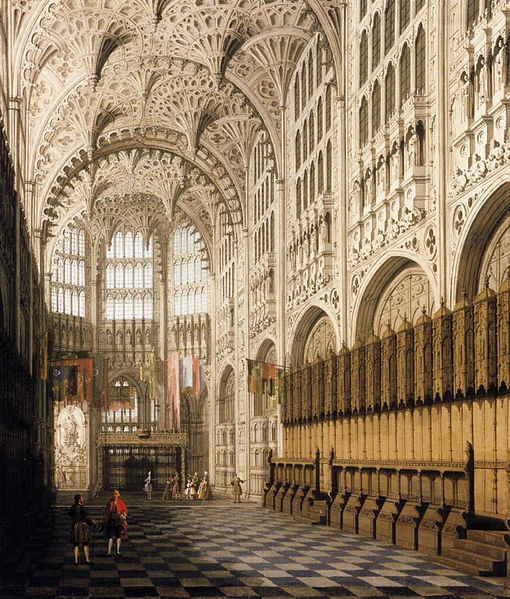The Westminster Assembly of Divines was a council of divines (theologians) and members of the English Parliament appointed from 1643 to 1653 to restructure the Church of England. Several Scots also attended, and the Assembly's work was adopted by the Church of Scotland. As many as 121 ministers were called to the Assembly, with nineteen others added later to replace those who did not attend or could no longer attend. It produced a new Form of Church Government, a Confession of Faith or statement of belief, two catechisms or manuals for religious instruction, and a liturgical manual, the Directory for Public Worship, for the Churches of England and Scotland. The Confession and catechisms were adopted as doctrinal standards in the Church of Scotland and other Presbyterian churches, where they remain normative. Amended versions of the Confession were also adopted in Congregational and Baptist churches in England and New England in the seventeenth and eighteenth centuries. The Confession became influential throughout the English-speaking world, but especially in American Protestant theology.

This painting by John Rogers Herbert depicts a particularly controversial speech before the Assembly by Philip Nye against presbyterian church government.
This 1645 satirical print depicts Archbishop William Laud and Puritan Henry Burton. Burton's ears have been cut off as punishment for criticizing Laud. Their dialogue references Laud's impending beheading following his trial by Parliament.
The Henry VII Chapel in Westminster Abbey, the Assembly's first meeting place, in a painting by Canaletto
Samuel Rutherford was one of the most prominent of the Scottish commissioners.
Westminster Confession of Faith
The Westminster Confession of Faith, or simply the Westminster Confession, is a Reformed confession of faith. Drawn up by the 1646 Westminster Assembly as part of the Westminster Standards to be a confession of the Church of England, it became and remains the "subordinate standard" of doctrine in the Church of Scotland and has been influential within Presbyterian churches worldwide.
Title page of a 1647 printing of the confession
The Assertion of Liberty of Conscience by the Independents at the Westminster Assembly of Divines, painted by John Rogers Herbert, c. 1844





